
- Home
- India
- World
- Premium
- THE FEDERAL SPECIAL
- Analysis
- States
- Perspective
- Videos
- Sports
- Education
- Entertainment
- Elections
- Features
- Health
- Business
- Series
- In memoriam: Sheikh Mujibur Rahman
- Bishnoi's Men
- NEET TANGLE
- Economy Series
- Earth Day
- Kashmir’s Frozen Turbulence
- India@75
- The legend of Ramjanmabhoomi
- Liberalisation@30
- How to tame a dragon
- Celebrating biodiversity
- Farm Matters
- 50 days of solitude
- Bringing Migrants Home
- Budget 2020
- Jharkhand Votes
- The Federal Investigates
- The Federal Impact
- Vanishing Sand
- Gandhi @ 150
- Andhra Today
- Field report
- Operation Gulmarg
- Pandemic @1 Mn in India
- The Federal Year-End
- The Zero Year
- Science
- Brand studio
- Newsletter
- Elections 2024
- Events
- Home
- IndiaIndia
- World
- Analysis
- StatesStates
- PerspectivePerspective
- VideosVideos
- Sports
- Education
- Entertainment
- ElectionsElections
- Features
- Health
- BusinessBusiness
- Premium
- Loading...
Premium - Events
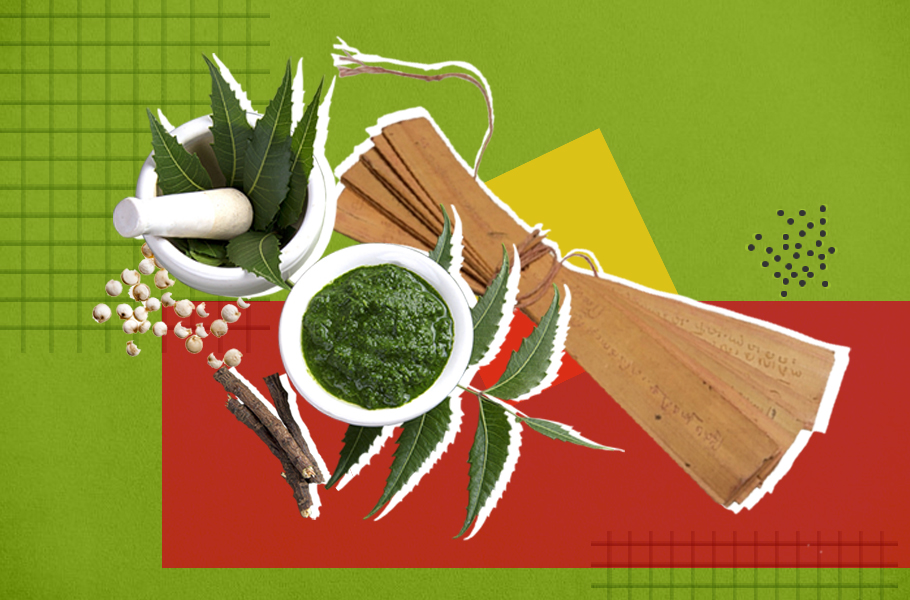
Siddha: Understanding the science and history behind mysterious cures
Siddhars were the earliest known medical professionals who discovered a particular form of medicine from the forests and mountains, which is now known as Siddha.

Every time the West portrays India as a land of snake charmers and fakirs, most people take offence, and understandably so. But in Tamil Nadu, many people may smile and nod their head in agreement. For, the state is home to 18 Siddhars — saffron-attired ascetics or mystics who were believed to have attained supernatural powers through intense penance in dense forests for years. One of...
Every time the West portrays India as a land of snake charmers and fakirs, most people take offence, and understandably so. But in Tamil Nadu, many people may smile and nod their head in agreement.
For, the state is home to 18 Siddhars — saffron-attired ascetics or mystics who were believed to have attained supernatural powers through intense penance in dense forests for years. One of them, Pambatti Siddhar, was said to have even tamed snakes. These Siddhars were the earliest known medical professionals.
Primarily living in the region which is now western Tamil Nadu, these men were known to be knowledgeable in various subjects, such as astronomy, literature, arts, music, drama and a particular method of medicine that they are said to have discovered from the forests and mountains, which is now known as Siddha.
Besides treating normal diseases such as fever, common cold, Siddha has also been used in treating non-communicable diseases like diabetes, kidney ailments, etc. In recent times, it is also used to treat infectious diseases like dengue, and now is being touted as a possible solution to COVID-19.
The Tamil Nadu government’s recent move to allow Siddha practitioners to treat COVID-19 has triggered a debate about its efficacy, with allopathy and modern medicine practitioners refusing to believe that it can really do justice, just because Siddha relies on testimonials and not evidence-based facts.
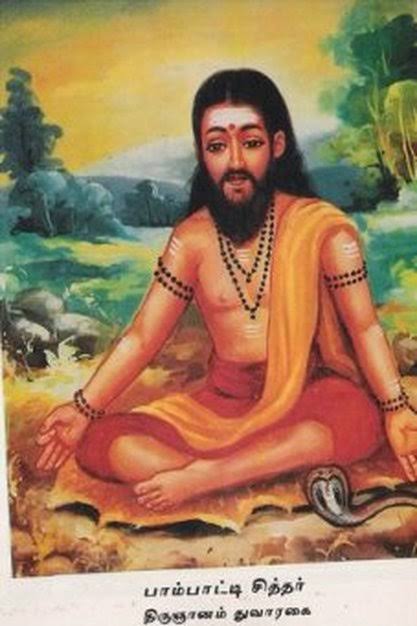
It is in this backdrop, The Federal looked at how Siddha became a sought-after alternative system of medicine, its evolution into a course of study, people behind the practice who brought into mainstream discussions and the challenges it faces.
Tracing Siddha’s roots
Tracing the history of Siddha is basically tracing the history of Tamil Nadu as notes on Siddha can be found in historical records, archaeological and inscription evidences, and in written records by foreign explorers, in biographical notes about Dravidian tribes and Sangam texts, exclusive Siddha medicine texts and comparative research notes on other alternative medicinal practices like Chinese, Humerian and Arabian traditional medicinal practices.
According to Kamil V Zvelebil, a Czech scholar in Indian literature and linguistics, Tamil Siddha tradition was part of the tantric yoga movement. Yogis or seers believed in monotheism — one World, one God. They gave importance to breath control and practised pranayama. They led their lives towards attaining moksha and hence were always found in a meditating state. They were well-versed in alchemy and attained supernatural powers called Ashtama Siddhi (eight occult powers).
The word ‘Siddhi’ means knowledge or perfection. More succinctly, it is experiential knowledge that the Siddhars, who led a celibate life in forests, developed by experience. They recorded their findings in the form of poems or verses in Tamil on palm leaves.
The Siddha method of treatment has found mention in Thirukkural by Thiruvalluvar, the celebrated Tamil philosopher-poet:
‘Noinaadi Noimuthal Naadi Adhuthanikkum
Vaainaadi vaaippa seyal’
(Disease, it’s cause, what may abate the ill;
Let leech examine these, then use his skill – Translation: GU Pope)
Let the physician enquire into the nature of the disease, its cause and its method of cure and treat it faithfully.
These ascetics can be classified into three groups namely – ancient alchemists like Agathiyar and Tirumoolar, medieval esoteric poets like Pattinathaar and Paambaatti Siddhar, and the later mystical poets like Thaayumaanavar and Ramalinga Adigalar (Vallalar).
According to Siddha experts, there are 18 Siddhars who nurtured the medical practice. While there is a disagreement on who these 18 scholars are, some Siddhars like Patanjali, Agathiyar, Thirumoolar, Bogar, Kuthambai and Korakkar are common in most of the lists of ‘18 Siddhars’.
A section of practitioners also believe that Siddha medicine was passed on to the seers by Lord Shiva, while others believe it was by Lord Murugan.
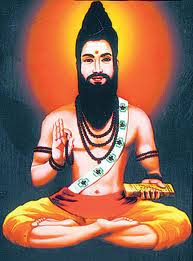
All the 18 Siddhars were well-versed in Vaatham (alchemy), Vaithiyam (medicine), Yogam (yoga) and Thaththuvam (philosophy). Hence, their disciples and descendants are expected to have knowledge of these. But today, most Siddha practitioners lack knowledge of alchemy and philosophy.
3 pandithars of Siddha
Long before Siddha became mainstream, the practice was taken forward by many ‘vaidhiyars’ (Tamil for physicians) not as a profession but as a responsibility along with their other day-to-day chores and are called ‘parambarai vaidhiyars’ (generational physicians).
The practice was called ‘panduvam paarthal’ in Tamil and the practitioners were known as ‘pandithars’. The word ‘pandithar’ also denotes highly educated people who had knowledge of more than one subject.
Siddha owes its place today to three tall pandithars — Iyothee Doss Pandithar, Abraham Pandithar and Anandam Pandithar.
Iyothee Doss Pandithar, a journalist who ran the ‘Tamilan’ magazine, struggled for the rights of scheduled castes.
Abraham Pandithar was a musicologist who revived Tamil music. His book ‘Karunamirdha Sagaram’ is considered a seminal work in the field of music today.
Anandam Pandithar, a reformer, strived to uplift the barber community. He is also credited with bringing Siddha to the mainstream, by founding the ‘South Indian Physician Association’ in 1915 and fighting the imposition of English medicine by the British.
In those days, the Ambattar community, whose profession was hairdressing, also treated the sick, and so were called ‘Maruthuvars’ (Tamil for doctors). They also shaved hair from private parts, cut nails and performed last rites of the dead and due to this, they were treated as lower caste. Over time, they gave up the medical practice and focused only on hairdressing.
In the 1920s, when the British tried to ban traditional medicinal practices by introducing modern medicines, Anandam Pandithar started a magazine called ‘Maruthuvam’ through which he created awareness about Siddha.
Siddha as a course of study
In 1924, when the government decided to start educational institutions on traditional medicinal practices like Ayurveda and Unani, which were practised by Brahmins and elite Muslims, respectively, Siddha was neglected as it was (and is) practised by non-Brahmins, particularly by Scheduled Castes.
Anandam Pandithar then fought with the British and ensured the inclusion of Siddha along with the other two Indian streams of medicine.
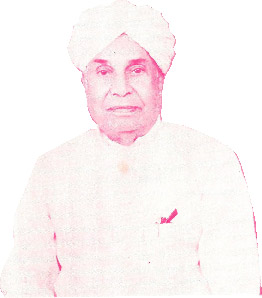
The opening of the Indian Medical School (consisting of Siddha, Ayurveda and Unani streams of medicine) by the British government was based on a report titled ‘A memorandum of science and art of Indian Medicines’ submitted by a committee headed by Mohammed Usman, an expert in Unani, and G Srinivasa Murthi, a legal expert who was also trained in modern medicine, in 1921.
The report suggested that although the Indian medicine system lacked surgical knowhow, they were able to cure diseases at a low cost.
While recommending the opening of the school of Indian medicine in Chennai, the report recommended the creation of seats in modern medical schools to teach Indian medicine.
While the report suggested that both Indian medicine and modern medicine should be integrated, experts of the former then opposed it fearing that modern medicine would devour the uniqueness of Indian medicine. But almost a century later now, traditional medicinal experts demand that the government integrate Indian medicine with allopathy to serve patients better.
Kilpauk Medical College
So in 1925, the Indian Medical School was started in a land donated by the Panagal king, Panaganti Ramarayaningar who was also the Chief Minister of Madras. Here along with modern medicine (MBBS), Indian medicine was also taught and students were awarded Diploma in Licentiate of Indian Medicine after four years of study. Later, the course was extended to five years. While modern medicine subjects were taught by persons trained in modern medicine, Siddha, Ayurveda and Unani were taught by scholars of Tamil, Sanskrit and Urdu, respectively.
In 1947, the school was upgraded to the College of Indigenous Medicine and attempts were made to bring it under the University of Madras but was opposed by the university. So the government started awarding degrees called ‘Graduate of the College of Integrated Medicine (GCIM)’. In 1955, the institution was rechristened as College of Integrated Medicine.
Though GCIM graduates were equivalent to modern medicine graduates, they were not given government employment opportunities initially. After a long fight by GCIM graduates, they too were inducted in government service. However, they were placed below modern medicine graduates, often as juniors.
In the 1960s, the Indian medicine streams were shut down due to lack of interest among the students. Today, only MBBS is offered, and is well known as the Kilpauk Medical College.
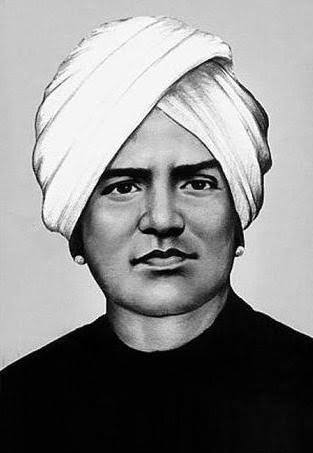
In 1964, the government-appointed Mehta Committee recommended providing a four-year Bachelor of Indian Medicine (BIM) course in Tirunelveli Medical College. There, the students demanded that they should also be provided with white coats and stethoscopes like MBBS students.
In 1971, the Central Council of Indian Medicine was established and BIM was renamed as BSMS (Bachelor of Siddha Medicine and Surgery), BAMS (Bachelor of Ayurveda Medicine and Surgery) and BUMS (Bachelor of Unani Medicine and Surgery). The course duration was extended to five-and-a-half years.
Mainstreaming Siddha
Most of the texts taught to Siddha students are written in verse form in ancient Tamil. Hence, it needs a deep understanding of the language.
There are English books available today. But English books on Siddha were available since 1813, when British surgeon Sir Whitelaw Ainslie translated some Tamil Siddha texts and published it as ‘Materia Medica of Hindoostan’. In 1891, Dr Moodeen Sheriff published about indigenous medicinal plants as ‘Materia Medica of Madras’. In 1918, the British ophthalmologist Robert Henry Eliot published a book titled ‘The Indian Operation of Couching for Cataract’, which discusses Siddha practices in operating the cataract.
Although Siddha as a subject has been taught in government colleges and private colleges since the 1970s, the practice was not brought into the mainstream.
It was in the early 1990s when HIV became a major public health concern, and there were literally no plausible treatment, that Siddha came to the fore.
“That’s when Dr CN Deivanayagam (1942-2012) came forward to treat HIV patients at Tambaram Sanatorium,” says Pudukkottai-based Dr R Karthik, who trained under Deivanayagam.
A renowned chest physician who had studied abroad, Dr Deivanayagam was one of the first to do a post-mortem on the body of a HIV-affected deceased. When no other medicine worked, he tried Siddha medicines such as Rasaghanda mezhugu, Amukkura chooranam and Nellikkai lehiyam.
“He called this RAN (based on the first letters of the medicines) therapy. It gave better results and he presented in a conference held in South Africa,” says Dr Karthik, who later changed his name into Karthik Deivanayagam out of respect to his mentor.
The concept of providing integrated and holistic medicine combining allopathy and Indian medicine started from then, he says.
Science in Siddha
The Siddha is based on 96 principles (thathuvam). It considers humans as a mix of three humors (body fluids that regulate metabolism), seven basic tissues and five elements. The humors (in Tamil, referred as ‘Mukkuttram’) are Vaatham, Pitham and Kabham. The seven tissues (Saptha Thaathukkal) are Rasa (lymph), Kurudhi (blood), Thasai (muscle), Kozhuppu (fat), Elumbu (bone), Majjai (marrow) and, Sukkilam and Artavam (semen and menstrual fluids). The five elements (Panchabhootha) are land, water, air, fire and sky. When any of these goes high or low, it creates ailments in the body.
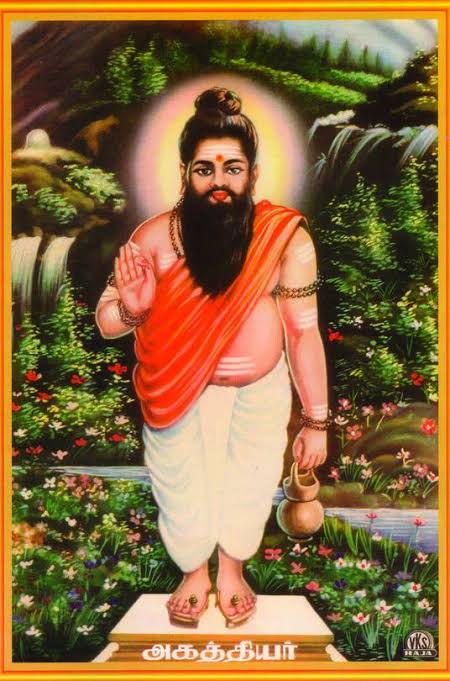
Siddha has its own diagnosis methodology. There are eight kinds of tests such as reading the pulse, examining urine or faeces, studying eyes, tongue and voice, or a change in body colour, and examining the sensation of the body.
Siddha medicines are mainly made up of Mooligai (herbs), Thaathu (inorganic substances) and Jeeva Vaguppu (animal products). There are 32 kinds of medicines which can be taken orally and 32 that can be applied externally.
Siddha for COVID-19
Today, the practise of Siddha has triggered a storm in the treatment of modern diseases, first with the use of Nilavembu Kudineer for treating dengue and now, with Kabasura Kudineer for COVID-19.
Touted as an immunity booster, it has even been given a nod by the state government to be distributed as a herbal concoction to patients admitted in government hospitals. The government has also come up with an exclusive 226-bed Siddha COVID care centre at Vyasarpadi in Chennai.
“Initially, Kabasura Kudineer and Nilavembu Kudineer were recommended as immunity boosters. When COVID affects, the patients were given Amukkura chooranam tablets and Nellikkai lehiyam. For the first time in history, the state government has sent a GO to provide Kabasura Kudineer along with allopathy medicines, both in research and treatment point of view,” writes Chennai-based Siddha expert Dr G Sivaraman in The Hindu Tamil.
The first such trial was held at a quarantine facility in Tiruppattur district. A government hospital there has conducted a second round of trials, where blood samples of positive cases were tested.
“After they were given Kabasura Kudineer, their LDH (Lactate Dehydrogenase Enzyme) and CPK (Creatine Phosphokinase Enzyme) levels decreased. It is another breakthrough,” says Dr Vikram Kumar, a Siddha doctor based in Tirupattur.
More such trials are being carried out by the Central Council for Research in Siddha.
However, allopathy practitioners call for Randomised Control Trials and Double Blind Control Trials using Siddha medicines before they are declared fit for mass use.
Vetrivel, an Erode college professor who practises Siddha as it was handed down in his family, says Siddha remains relegated despite being Tamil-origin medicine because “Dravidian parties in the last 70 years have done nothing to improve it”.
“Lack of funding, hindrance of politicians and lack of cooperation among Siddha practitioners are the reasons why the testimonials are not converted into evidence based facts,” he says.
(The story first appeared on The Federal, on July 8, 2020)
